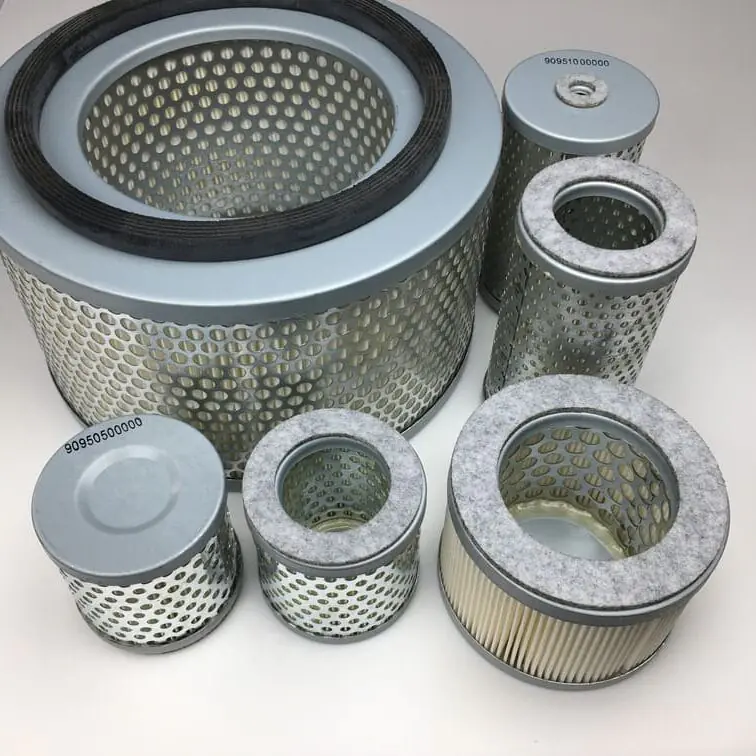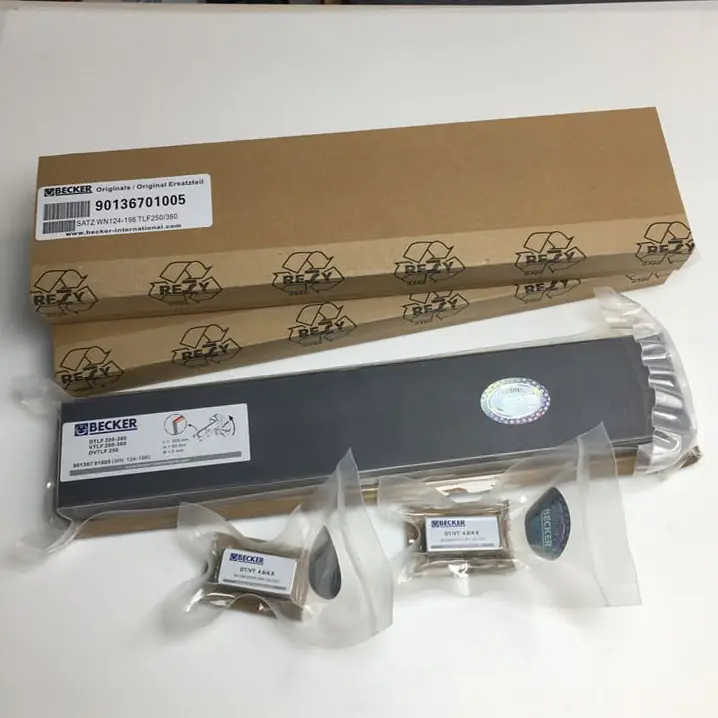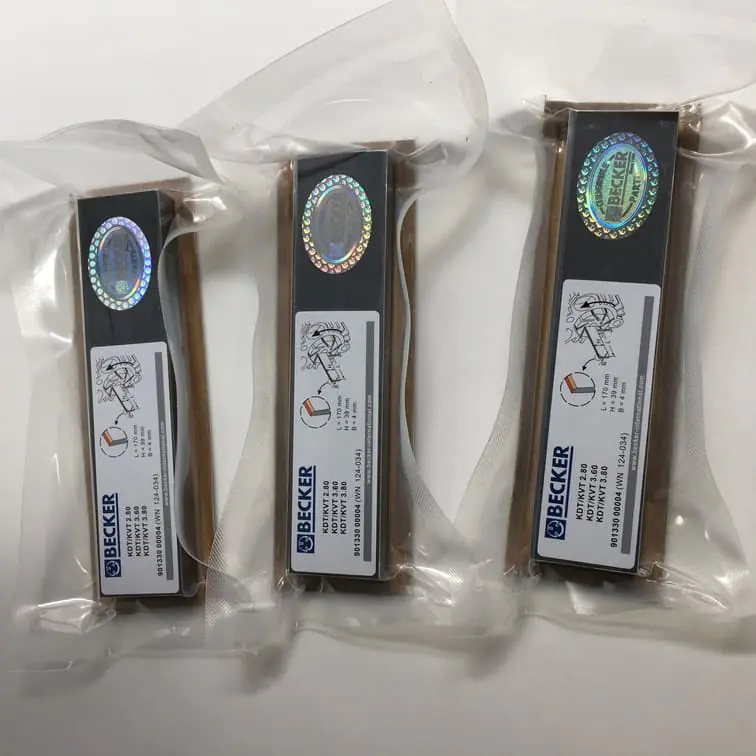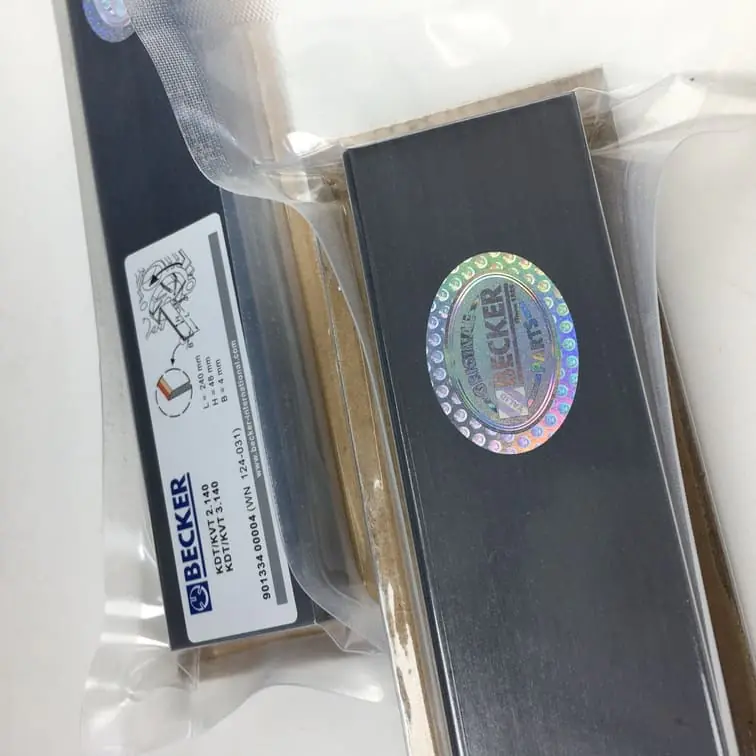A/C Vacuum Pump Adapters: Everything You Need to Know
In the realm of HVAC and automotive repairs, vacuum pump adapters play a pivotal role in ensuring the proper evacuation of air and moisture from A/C systems. Using the correct A/C vacuum pump adapters is crucial for achieving an efficient evacuation, enabling optimal performance of your air conditioning unit. In this comprehensive guide, we will explore everything you need to know about these adapters, including their types, uses, and how to select the right one for your needs.
Understanding how to use A/C vacuum pump adapters correctly will save you both time and effort, ensuring that your A/C system runs smoothly without unwanted contaminants. Let’s dive into the details.
What is an A/C Vacuum Pump Adapter?
Definition and Purpose
An A/C vacuum pump adapter is a specialized fitting that connects a vacuum pump to the A/C system. It allows technicians to properly evacuate all air and moisture from the system, ensuring that refrigerant can be added without any contamination.
- Connector Type: Adapters come in various connector types, such as flare and ACME fittings.
- Adapter Size: Typical sizes include 1/4 inch flare and 1/2 inch ACME, designed to match the hoses and valves of vacuum pumps and A/C units.
| Component | Purpose |
|---|---|
| Adapter Fitting | Connects vacuum pump to system |
| Flare Fittings | Provides a tight seal |
| ACME Threads | Ensures compatibility with hoses |
The adapter creates a sealed connection between the vacuum pump and the A/C service port, allowing the system to be evacuated to remove air and moisture effectively. Without the right adapter, there is a risk of leaks, which compromises the efficiency of the system.
Common Types of A/C Vacuum Pump Adapters
- 1/4″ Flare Adapter: Widely used in many HVAC and automotive applications.
- 1/2″ ACME Adapter: Common in newer systems, this adapter is used for A/C refrigerants with ACME male fittings.
- Pump Adapter 1/4 Flare to 1/2 ACME: Allows for compatibility between different size hoses, making it a versatile tool for technicians.
Note: Always match the adapter to your vacuum pump and system fittings to ensure proper compatibility and performance.
Importance of Using the Correct A/C Vacuum Pump Adapter
Achieving Proper System Evacuation
A/C systems work best when all air and moisture have been removed before adding refrigerant. The correct adapter allows you to connect your vacuum pump to the service port and create a vacuum inside the A/C system. Moisture in the system can lead to corrosion and poor cooling performance.
Compatibility with Various Fittings
Adapters like 1/2 inch ACME male fittings and 1/4 inch flare fittings are designed to create tight seals, preventing leaks. Using the wrong adapter can lead to leaks, which can introduce air into the system, reducing its overall efficiency.
Key Advantages of Using Correct Adapters
- Proper Seal: Ensures a vacuum-tight connection, crucial for efficient system evacuation.
- Ease of Use: Correct adapters are easy to fit and do not require excessive force, reducing wear on the system’s service ports.
| Adapter Type | Application | Benefit |
|---|---|---|
| 1/4″ Flare Adapter | Standard HVAC systems | Reliable and widely compatible |
| 1/2″ ACME Adapter | Newer A/C systems | Prevents refrigerant leaks |
| 1/4″ to 1/2″ Adapter | Cross-compatibility between sizes | Versatile and practical |
How to Choose the Right A/C Vacuum Pump Adapter
Identify Your System Requirements
Before selecting an adapter, you need to identify the type of fittings your vacuum pump and A/C system require. This ensures compatibility and prevents issues during evacuation.
- Flare vs. ACME: Determine whether your system has flare fittings or ACME fittings. Flare fittings are more common in older HVAC systems, whereas ACME fittings are used in newer models.
- Male vs. Female: Check if the service port requires a male or female fitting to create a proper seal. For instance, most A/C systems use 1/2 inch ACME male fittings for refrigerants.
Check Adapter Size Compatibility
Choosing the right adapter size is critical for ensuring a snug fit. If the adapter is too small or too large, it won’t create a proper seal, which means air or moisture could enter the system.
Tips for Choosing the Right Adapter:
- Refer to the User Manual: Always check the service manual of your vacuum pump or A/C system to find out which adapters are recommended.
- Measure Before Buying: Use a measuring caliper to determine the diameter of the fittings if unsure.
- Use Conversion Adapters: If you have a 1/4″ flare fitting but need a 1/2″ ACME, a conversion adapter can save the day.
Tip: If you are unsure which adapter you need, consult with a professional or refer to the user manual for exact specifications.
How to Install an A/C Vacuum Pump Adapter Correctly
Step-by-Step Process
Installing an A/C vacuum pump adapter is a straightforward process. However, it’s essential to ensure every component is secure and there are no leaks.
- Prepare the System: Turn off the A/C system and attach a set of manifold gauges to measure pressure during evacuation.
- Attach the Adapter: Screw the 1/4″ flare or 1/2″ ACME adapter onto the service port. Make sure it is hand-tight and properly aligned.
- Connect the Vacuum Pump: Attach the vacuum pump hose to the adapter. Ensure that the hose fittings are clean and secure.
- Create a Vacuum: Turn on the vacuum pump and let it run until it reaches the desired vacuum level (typically below 500 microns).
- Monitor and Adjust: Use a vacuum gauge to monitor the pressure, ensuring there are no leaks.
Reminder: Use thread sealant or Teflon tape for extra security on threaded connections to prevent leaks.
Common Issues When Using A/C Vacuum Pump Adapters
Adapter Not Fitting Properly
One of the most common issues is finding that an adapter does not fit correctly. This can be due to mismatched thread types or incorrect sizes.
- Incorrect Thread Type: If you mistakenly use a flare fitting in place of an ACME thread, it will not create a proper seal.
- Worn Threads: Over time, threads can become worn, making it difficult to achieve a tight connection. Replace damaged adapters to ensure proper functioning.
Leaks During Evacuation
Leaks can occur if the adapter is not tight enough or if the rubber seals are worn or damaged.
- Check for O-rings: Make sure that all O-rings are intact and well lubricated.
- Hand-Tighten, Then Wrench: Start by hand-tightening the adapter, then use a wrench for a final, firm (but not overly forceful) tightening.
Cross-Threading
Cross-threading occurs when the threads on the adapter and the service port do not align correctly. This can permanently damage the threads and create leaks.
How to Avoid Cross-Threading:
- Align the adapter straight and apply gentle pressure.
- If you feel resistance, stop and realign before proceeding.
Related Resources for A/C Vacuum Pump Adapters
To ensure you have the right tools and equipment for your A/C vacuum system, you may want to explore additional parts like filters and vanes. Check out some high-quality products available on Vacuum Pump Spare Parts for keeping your system in peak condition.
- Becker Air Filter replaces Becker 909540 – A reliable filter for better system efficiency.
- Carbon Vanes for Vacuum Pumps – Keep your vacuum pump running smoothly.
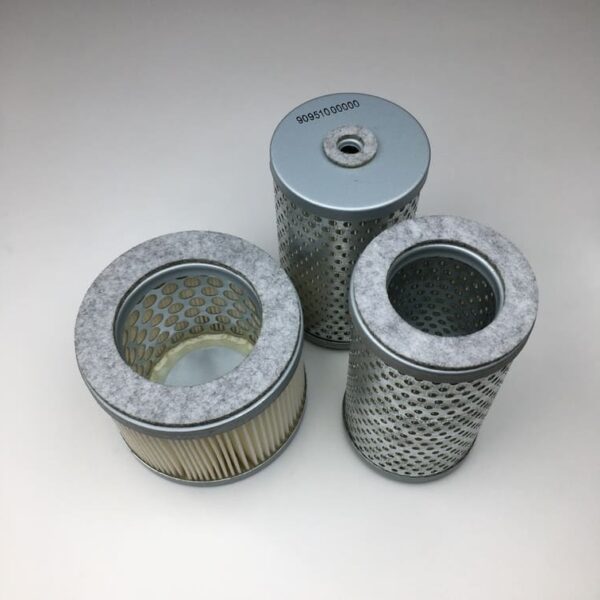
Frequently Asked Questions
1. What is the purpose of an A/C vacuum pump adapter?
An A/C vacuum pump adapter allows you to connect a vacuum pump to the A/C system for removing air and moisture before adding refrigerant. It ensures the system is evacuated properly, leading to improved performance.
2. Can I use a 1/2″ ACME adapter on a 1/4″ flare fitting?
No, you will need a conversion adapter to connect these different thread sizes. Directly connecting them can lead to improper sealing and leaks.
3. What are ACME fittings?
ACME fittings are specialized threads often used in HVAC systems, particularly for refrigerant connections. They are wider and offer a secure seal for pressurized systems.
4. How tight should I secure the adapter?
Start by hand-tightening the adapter, and then use a wrench to ensure a firm, secure fit. Be cautious not to overtighten, which can damage the threads.
5. How do I know if my vacuum pump adapter is leaking?
Use a soap and water solution on the connection points. If bubbles form, it indicates a leak that needs to be addressed immediately by tightening the fittings or replacing faulty components.
Conclusion
A/C vacuum pump adapters are essential tools for anyone working with HVAC or automotive A/C systems. Choosing the right adapter, understanding how to install it correctly, and addressing common issues such as leaks or cross-threading will ensure the effective evacuation of air and moisture from the system. By following the steps outlined in this guide, you can maintain the efficiency and reliability of your A/C systems. For all your vacuum pump needs, including high-quality filters and vanes, be sure to explore reputable suppliers like Vacuum Pump Spare Parts. Proper care and the right tools will keep your system running smoothly and extend its operational life.

